Select Jaguar C-X75 Will Receive Jet Engines
For decades, the recipe for a supercar had always been about stuffing a fire-breathing V12 engine in the middle. Some super cars receive the occasional quad-turbo W16, V10, and supercharged or turbocharged v8, but these all build upon pretty much the same idea. What many car enthusiasts have actually been wondering ever since they witnessed the Batmobile for the first time is whether jet engines could be fitted into cars in real life.
Finally, Jaguar answers the question with not one, but two jet engines. The Jaguar C-X75 concept was first unveiled in 2010 at the Paris Auto Show, boasting a twin-turbine power plant tucked within a sleek shell reminiscent of the Jaguar XJ220. However, when Jaguar announced the C-X75 would make it to production last year, the twin-turbine was replaced with a more conservative hybrid drivetrain mated to a turbocharged four-cylinder engine. Despite the fact that the power train will be co-developed with Williams F1, the C-X75 isn’t the same without rockets.
Now, Jaguar has revealed that while 250 examples of the C-X75 will be powered by the hybrid turbo-4, an extremely limited quantity of C-X75 supercars will receive the micro-turbines as envisioned from the original concept. These jet engines are produced by the Bladon Jets Engineering Centre in Coventry, which is based very close to Jaguar’s headquarters and is even partially owned by parent company Tata.
Driving the rear wheels, the turbines are expected to produce an extra 95-hp each. Requiring no cooling or lubricant systems like a traditional internal combustion engine, the micro-turbines are also light and easy to package.
While exact numbers are unknown, the C-X75 is expected to meet all supercar requirements, including acceleration to 60 mph in 3 seconds and a top speed exceeding 200 mph.
GALLERY: Jaguar C-X75
[Source: Auto Express]
More by Danny Choy
















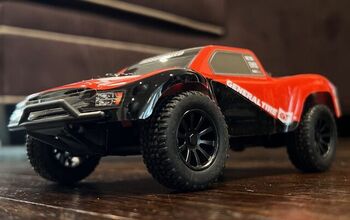


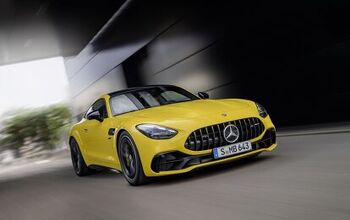
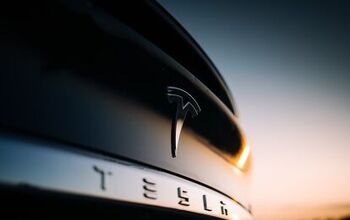



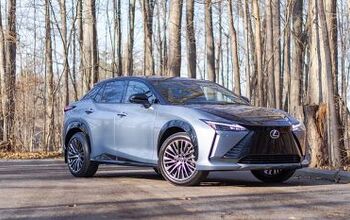
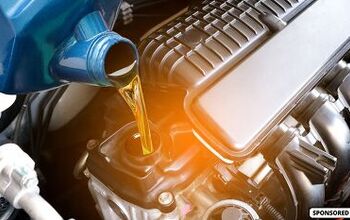


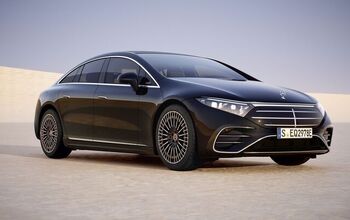


Comments
Join the conversation
In the original concept did the jet engines run the rear wheels or a generator?